How to Determine Requirements for Linear Motors
Selecting the right linear motor is critical to ensuring smooth performance, long-term reliability, and cost efficiency in industrial automation. Whether you're building lithium battery production lines or high-precision semiconductor tools, the specification process must consider multiple factors—from motion mode and installation to precision and application scenarios.
This article outlines a structured approach to define requirements sheets for linear motors.
Determine the Required Motion Modes
Point-to-Point (P2P) Motion
This mode involves moving the load from one fixed position to another. It is ideal for:
Pick-and-place operations
Material transfer
Indexing tasks
Key requirement: Fast response and repeatable stopping accuracy.
Trajectory (Contouring) Motion
Continuous motion along a predefined path, often used in:
Laser cutting
Inkjet printing
Precision dispensing
Key requirement: Smooth speed profiles and precise synchronization with other axes.
Mounting Orientations: How Will the Motor Be Installed?
Linear motors can be mounted in various ways depending on the machine layout:
| Mounting Type | Description | Key Considerations |
|---|---|---|
| Horizontal | Flat installation on horizontal plane | Standard cooling and gravity neutral |
| Horizontal Side | Mounted vertically on one side | May need stiffer support against sag |
| Horizontal Inverted | Mounted upside down from ceiling/surface | Requires cable and debris management |
| Vertical | Motion against gravity (Z-axis) | Needs additional holding force or brake |
Understanding installation type helps in thermal design, cable routing, and structural integrity, so that the motors can work efficiently and safely.
Motion Parameters
These parameters of motion determine whether the motor can meet your machine's performance needs.
Key Motion Specs to Define:
Stroke Length: Total linear travel required.
Maximum Speed: Top velocity during motion phase.
Maximum Acceleration: Required for cycle time optimization.
Motion Time: Total duration of a complete movement cycle.
Dwell/Stop Time: Pause duration at each end or during process steps.
These motion control parameters directly influence motor sizing, drive selection, and system stiffness.
Additional Configuration Options
Linear drive motor is often part of a larger motion control module. Some additional configurations to consider:
| Feature | Function |
|---|---|
| Hall Sensors | Provide commutation and reference signals |
| Temperature Sensors | Prevent thermal overload and degradation |
| Cable Length & Routing | Ensure compatibility with control cabinet distance |
Tip: For vertical or tight-spaced installations, flexible and customized cable lengths are essential.
Precision Requirements
Applications vary significantly in how much precision is required. Clarify:
Speed Ripple (Velocity Stability): For printing or laser processing, low ripple ensures uniform output.
Positioning Accuracy: How close the final position must match the target.
Repeatability: Tolerance over repeated cycles.
Settling Time: Time it takes for vibrations to stop after movement.
If using encoder feedback, match motor with encoders that support your required resolution and feedback type (analog, digital, absolute, incremental). By the way, that's why are linear motors so expensive.
Industry Applications
Each industry imposes unique performance and environmental challenges on linear motor selection:
| Industry | Key Requirements |
|---|---|
| Lithium Battery (EV) | Dust-proof, fast indexing, high repeatability |
| Photovoltaic (PV) | High throughput, harsh environment tolerance |
| Semiconductor | Nanometer precision, cleanroom compatible |
| Laser Processing | Smooth speed curves, precise edge control |
| Display Panel | Large stroke, low speed ripple |
| 3C Electronics | Compact size, high response speed |
| Medical | Smooth motion, electromagnetic interference protection |
| Coating/Spraying | High reliability in dusty or wet conditions |
| Other Custom Machinery | Balanced performance vs. cost |
Who Is Specifying the Motor?
Different types of customers require different levels of engineering support:
| Customer Type | Needs |
|---|---|
| OEM Equipment Builders | Require integration-ready motors with detailed CAD, API, and encoder options |
| Distributors/Agents | Focus on price-performance and delivery time |
| Motor Manufacturers | May seek co-development or white-label production |
| End Users | Demand plug-and-play solutions and quick after-sales support |
| System Integrators | Look for fast-response technical service, field customization, and control compatibility |
Knowing the target customer type helps tailor product documentation, certification, and technical resources accordingly, and well prepare linear motors for sale.
Conclusion
Defining the correct set of requirements for a linear motor isn't just a technical necessity—it's a strategic step to ensure long-term performance and cost control. By clearly outlining your application's:
Motion mode
Installation constraints
Operational parameters
Precision level
Industry-specific demands
Customer profile
You can reduce development risks, shorten lead time, and get better results from your motion system.
Looking for a Linear Motor Partner?
DG SMARTWIN offers ironcore and ironless linear motors tailored for demanding industries like semiconductors, lithium battery, laser processing, and medical automation.
Customizable stroke, force, and mounting configurations
Integrated encoder and temperature protection
Expert support for OEM, ODM, and system integrators
Contact DG SMARTWIN to discuss your application and request a tailored motor specification today.
Back To List
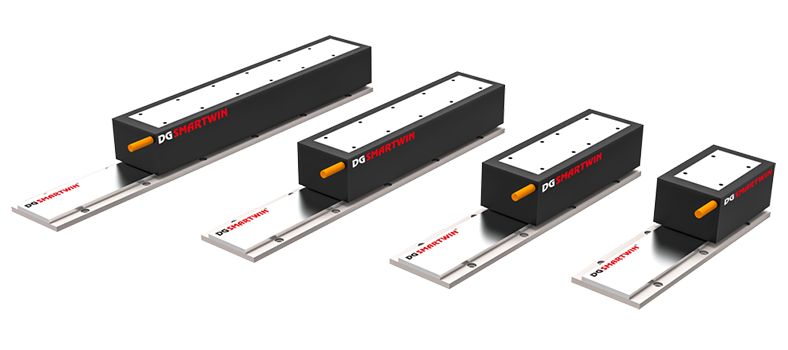

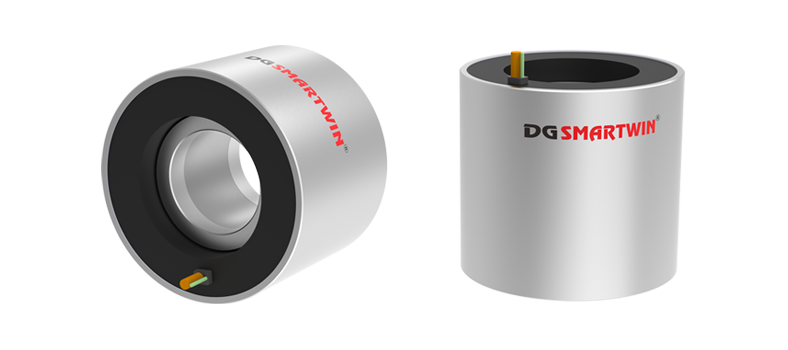
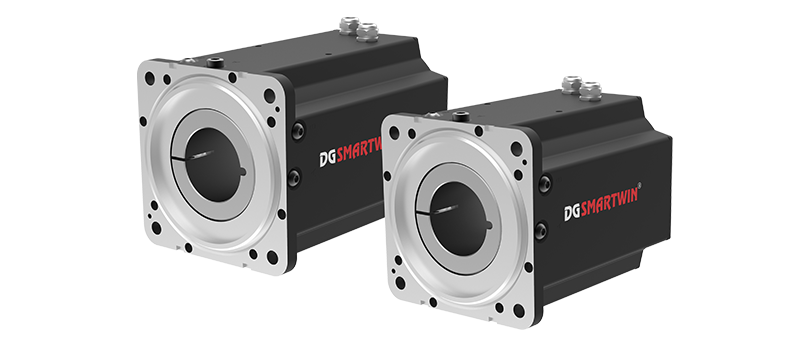

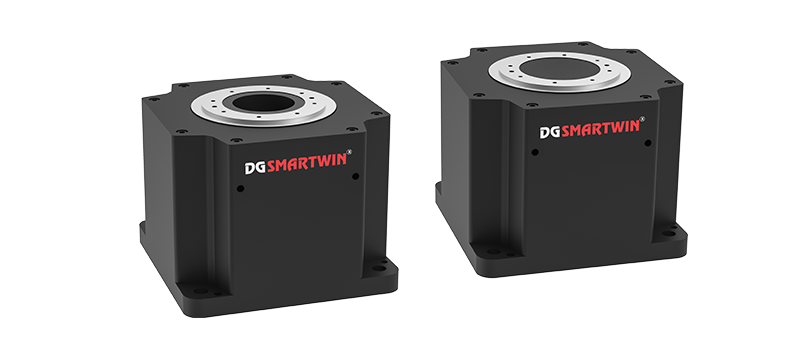
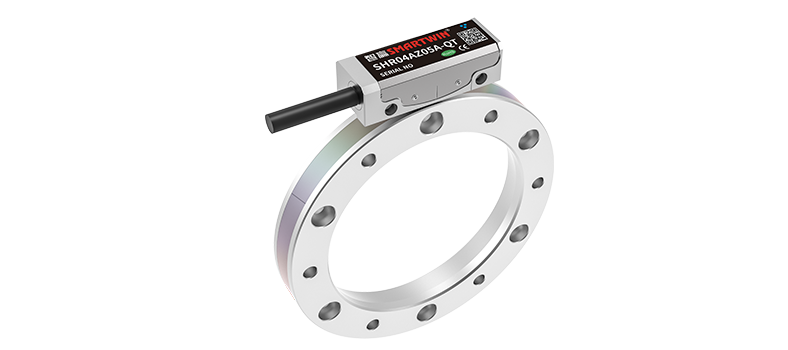
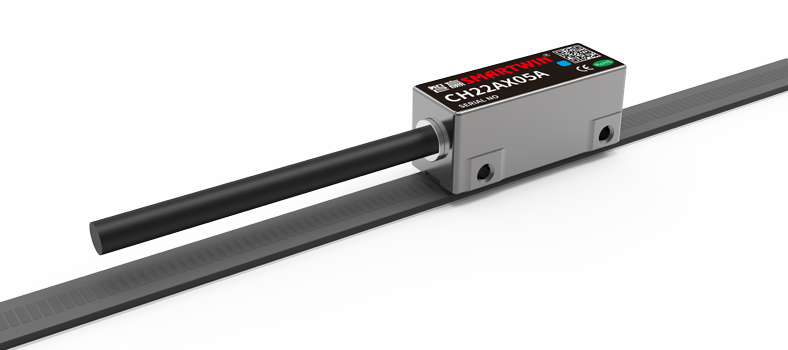








 En
En


